Description
Familiarity with treatment
Ethnic rhinoplasty is a specialized type of rhinoplasty that takes into account the unique nasal anatomy and cultural considerations of individuals from diverse ethnic backgrounds. The goal of ethnic rhinoplasty is to enhance the appearance of the nose while preserving the patient’s ethnic identity. The specific procedure may vary depending on the patient’s needs and the surgeon’s approach, but here is a general overview:
Consultation and Evaluation: The process begins with a consultation with a qualified plastic surgeon who specializes in ethnic rhinoplasty. During this consultation, the surgeon will evaluate the patient’s nasal structure, discuss their goals and expectations, and address any concerns or questions. The surgeon will also consider the patient’s ethnic background and cultural factors that may influence the desired outcome.
Surgical Techniques: Ethnic rhinoplasty may involve a variety of surgical techniques tailored to the patient’s specific needs. These techniques can include:
Cartilage Grafting: Cartilage grafts may be used to reshape and augment the nasal structure. The grafts can be harvested from various sources, such as the ear, ribs, or nasal septum, and are used to add volume, support, or refine specific areas of the nose.
Incision Placement: The surgeon carefully plans the placement of incisions to minimize scarring and achieve optimal results. Incisions may be made inside the nostrils (closed rhinoplasty) or across the columella (open rhinoplasty) depending on the complexity of the procedure and the surgeon’s preference.
Skin and Soft Tissue Modifications: Ethnic rhinoplasty may involve reshaping and modifying the skin and soft tissues of the nose to achieve the desired aesthetic outcome. Techniques such as skin redraping and tip suturing may be employed to create a more harmonious nasal appearance.
Preservation of Ethnic Identity: One of the key considerations in ethnic rhinoplasty is preserving the patient’s ethnic identity. The surgeon aims to create a natural-looking nose that harmonizes with the patient’s other facial features while respecting their cultural background. This may involve maintaining certain nasal characteristics that are unique to the patient’s ethnicity.
Recovery and Healing: The recovery period for ethnic rhinoplasty can vary depending on the complexity of the procedure and individual healing factors. Swelling and bruising are common after surgery and gradually subside over time. Patients are typically advised to avoid strenuous activities, protect the nose from accidental trauma, and follow the postoperative care instructions provided by their surgeon.
Who is it suitable for?
Ethnic rhinoplasty is suitable for individuals who want to enhance the appearance of their nose while preserving their ethnic identity. It is commonly performed on individuals with African, Middle Eastern, Asian, Hispanic, and other non-Caucasian backgrounds.
The procedure is particularly beneficial for individuals who have specific concerns related to their ethnic nasal features. For example, people of Asian or African descent may have a wider base, a more rounded nasal tip, or a low bridge. Ethnic rhinoplasty can address these concerns while maintaining the patient’s cultural identity.
The surgical techniques used in ethnic rhinoplasty are tailored to each individual’s needs. The surgeon takes into account the unique nasal characteristics of the patient’s ethnic background and aims to achieve a natural-looking result that harmonizes with their facial features.
Who is it not suitable for?
Ethnic rhinoplasty is not suitable for individuals who wish to completely alter or erase their ethnic nasal features. The goal of ethnic rhinoplasty is to enhance the appearance of the nose while preserving the patient’s ethnic identity. It is important to have realistic expectations and understand that ethnic rhinoplasty aims to improve the existing nasal features rather than completely change them.
Additionally, individuals who are not in good overall health or have certain medical conditions may not be suitable candidates for ethnic rhinoplasty. It is important to have a thorough evaluation by a qualified plastic surgeon to determine if you are a suitable candidate for the procedure.
Furthermore, it is crucial to choose a plastic surgeon who specializes in ethnic rhinoplasty and has experience working with patients from diverse ethnic backgrounds. They will have the expertise to understand the unique nasal characteristics of different ethnicities and can provide personalized recommendations based on your specific needs and goals.
Advantages
Based on the search results, the advantages of ethnic rhinoplasty can be summarized as follows:
Preservation of Ethnic Identity: Ethnic rhinoplasty allows individuals to enhance the appearance of their nose while preserving their ethnic identity. The procedure takes into account the unique nasal anatomy and cultural considerations of individuals from diverse ethnic backgrounds 1.
Customized Approach: Ethnic rhinoplasty is personalized according to the patient’s unique features and ethnic background. Surgeons tailor the procedure to achieve a natural-looking result that harmonizes with the patient’s facial features 2.
Improved Nasal Appearance: Ethnic rhinoplasty can address specific concerns related to ethnic nasal features. It can help refine the shape, size, and aesthetic of the nose, creating a more balanced and harmonious facial appearance 1.
Specialized Expertise: Ethnic rhinoplasty requires a high level of knowledge and experience. Surgeons specializing in ethnic rhinoplasty have expertise in refining ethnic noses and understanding the unique characteristics of different ethnicities 3.
Cultural Sensitivity: Ethnic rhinoplasty takes into account cultural beauty standards and perceptions of beauty between different ethnicities. Surgeons aim to create a nose that is more consistent with a certain cultural or ethnic profile, while still maintaining natural-looking results 1.
Increased Confidence: Ethnic rhinoplasty can help individuals feel more confident by addressing specific nasal concerns and enhancing their overall facial appearance.
Complications
Based on the search results, the complications of ethnic rhinoplasty can include:
Revision Rhinoplasty: Due to the unique nasal characteristics of different ethnicities, there may be a higher chance of revision rhinoplasty among people with ethnic skin. Revision rhinoplasty may be required to address any dissatisfaction with cosmetic results or to make touch-ups after the initial procedure 1.
Scarring and Pigment Abnormalities: Ethnic rhinoplasty carries a risk of scarring and pigment abnormalities, particularly among individuals with ethnic skin. These complications may occur as a result of the surgical procedure 1.
Breathing Issues: Rhinoplasty, including ethnic rhinoplasty, can sometimes lead to breathing issues. It is important for surgeons to manage patient expectations and address any breathing problems associated with the procedure 2.
Necrosis: Necrosis, which refers to the death of tissue, is a potential complication of rhinoplasty, including ethnic rhinoplasty. Surgeons need to be skilled and attentive to minimize the risk of necrosis 2.
Anesthesia Complications: As with any surgical procedure, there are risks associated with general anesthesia. However, patients are typically screened for health problems that may predispose them to adverse reactions.
Long-Term Side Effects: Rhinoplasty, including ethnic rhinoplasty, can have long-term side effects. It is important to discuss these potential side effects with the surgeon during the consultation process 2.
preoperative care
The preoperative care for ethnic rhinoplasty typically involves several important considerations. While the specific preoperative care may vary depending on the individual case and surgeon’s recommendations, the following aspects are commonly addressed:
Consultation and Evaluation: The initial consultation with a qualified plastic surgeon specializing in ethnic rhinoplasty is crucial. During this consultation, the surgeon will evaluate your nasal structure, discuss your goals and expectations, and determine if you are a suitable candidate for the procedure. It is important to communicate your concerns and desired outcomes clearly.
Preoperative Instructions: Your surgeon will provide you with specific preoperative instructions to follow. These instructions may include guidelines on medications to avoid, such as blood thinners, and any necessary medical tests or evaluations before the surgery.
Medical History and Physical Examination: Your surgeon will review your medical history and perform a physical examination to assess your overall health and identify any potential risk factors or contraindications for the procedure.
Discussion of Expectations: It is important to have a thorough discussion with your surgeon about your expectations for the surgery. This includes discussing the desired changes to your nose, reviewing photographs or examples of the desired outcome, and understanding the limitations and realistic expectations of the procedure.
Preparation for Surgery: Your surgeon may provide specific instructions on preparing for the surgery, such as fasting before the procedure and avoiding certain substances like alcohol or smoking, which can affect the healing process.
Preoperative Testing: Depending on your medical history and the surgeon’s recommendations, you may need to undergo certain preoperative tests, such as blood tests or imaging studies, to ensure your safety during the procedure.
Discussion of Risks and Complications: Your surgeon will discuss the potential risks and complications associated with ethnic rhinoplasty. It is important to have a clear understanding of these risks and make an informed decision about proceeding with the surgery.
Postoperative care
The postoperative care for ethnic rhinoplasty typically involves the following considerations:
Swelling and Bruising: After ethnic rhinoplasty, it is common to experience swelling and bruising around the nose and eyes. This usually subsides within a couple of weeks. Applying cold compresses and keeping the head elevated can help reduce swelling.
Nasal Splint: A nasal splint may be applied after the surgery to support the new nasal structure. The splint is usually removed after about a week.
Pain Management: Your surgeon may prescribe pain medication to manage any discomfort or pain during the recovery period. It is important to follow the prescribed dosage and instructions.
Follow-up Appointments: It is important to attend all scheduled follow-up appointments with your surgeon. These appointments allow the surgeon to monitor your healing progress and address any concerns or questions you may have.
Care for Incisions: If there are any incisions made during the procedure, your surgeon will provide instructions on how to care for them. This may include keeping the incision area clean and applying any recommended ointments or dressings.
Activity Restrictions: Your surgeon will provide guidelines on activities to avoid during the initial recovery period. This may include avoiding strenuous exercise, heavy lifting, or activities that could potentially impact the nose.
Sleeping Position: It is often recommended to sleep with your head elevated for the first few weeks after surgery to help reduce swelling and promote healing.
Avoiding Certain Substances: Your surgeon may advise you to avoid certain substances, such as alcohol and tobacco, as they can interfere with the healing process.
Follow a Healthy Lifestyle: Maintaining a healthy lifestyle, including a balanced diet and regular exercise, can support the healing process and overall well-being.
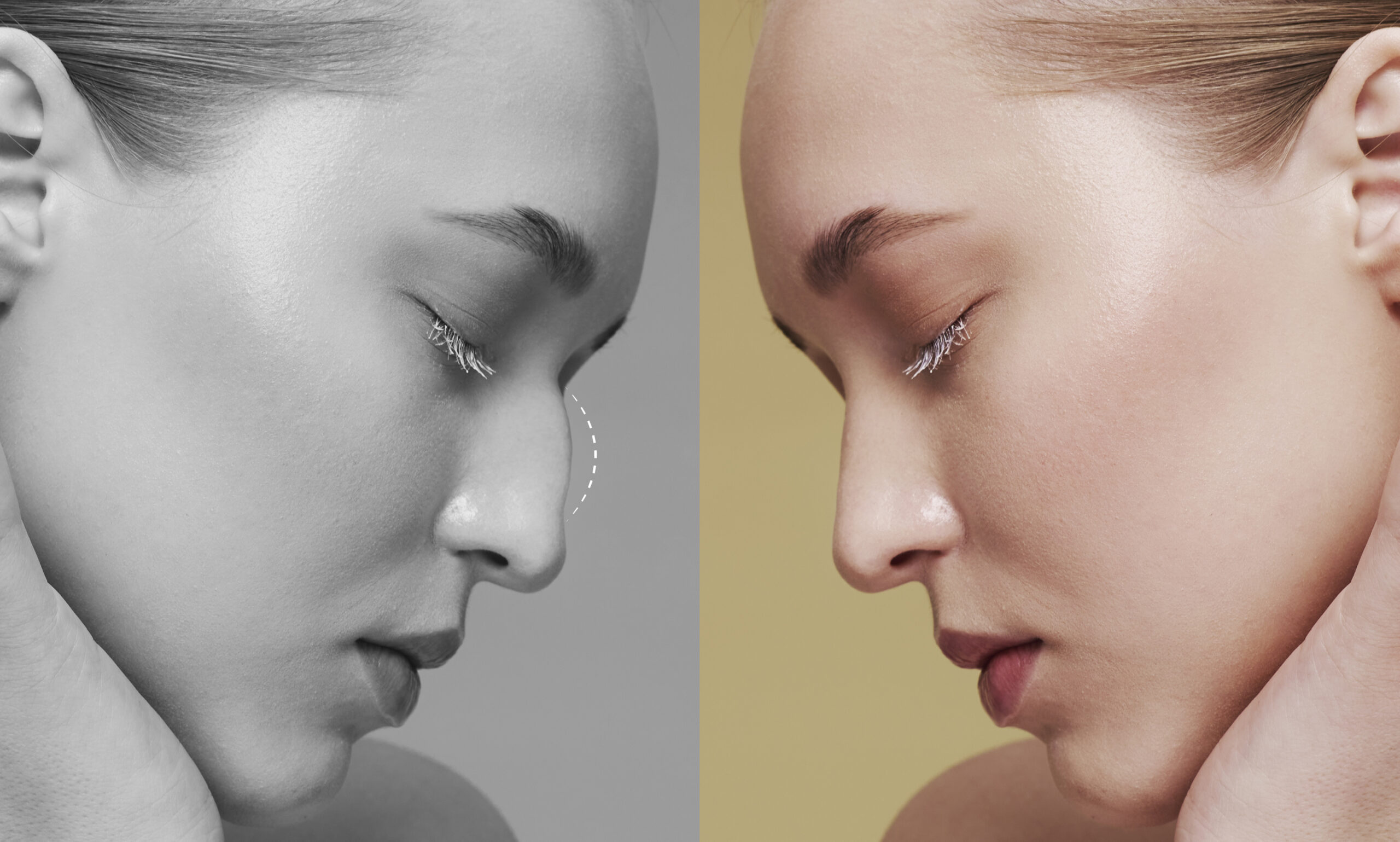

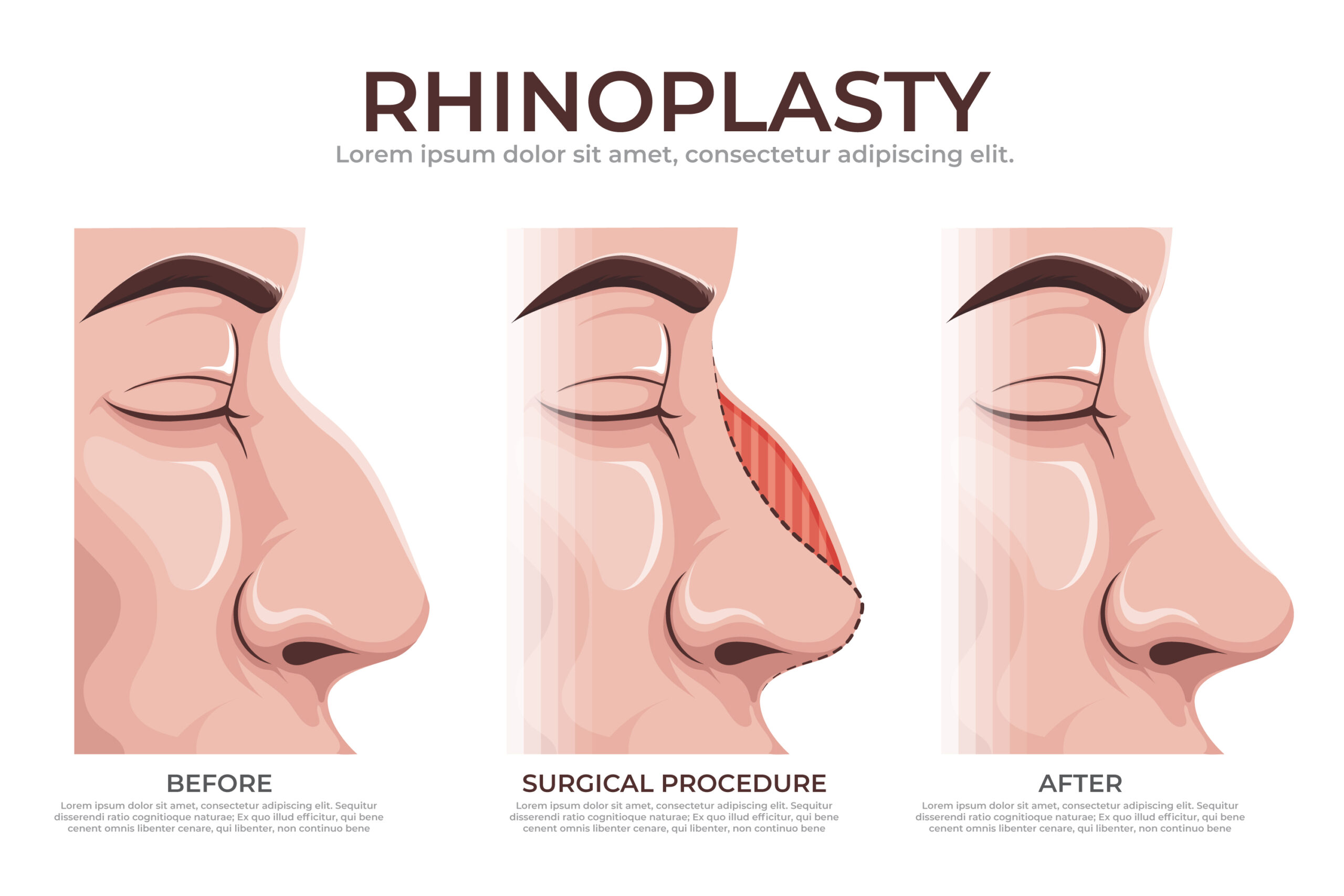
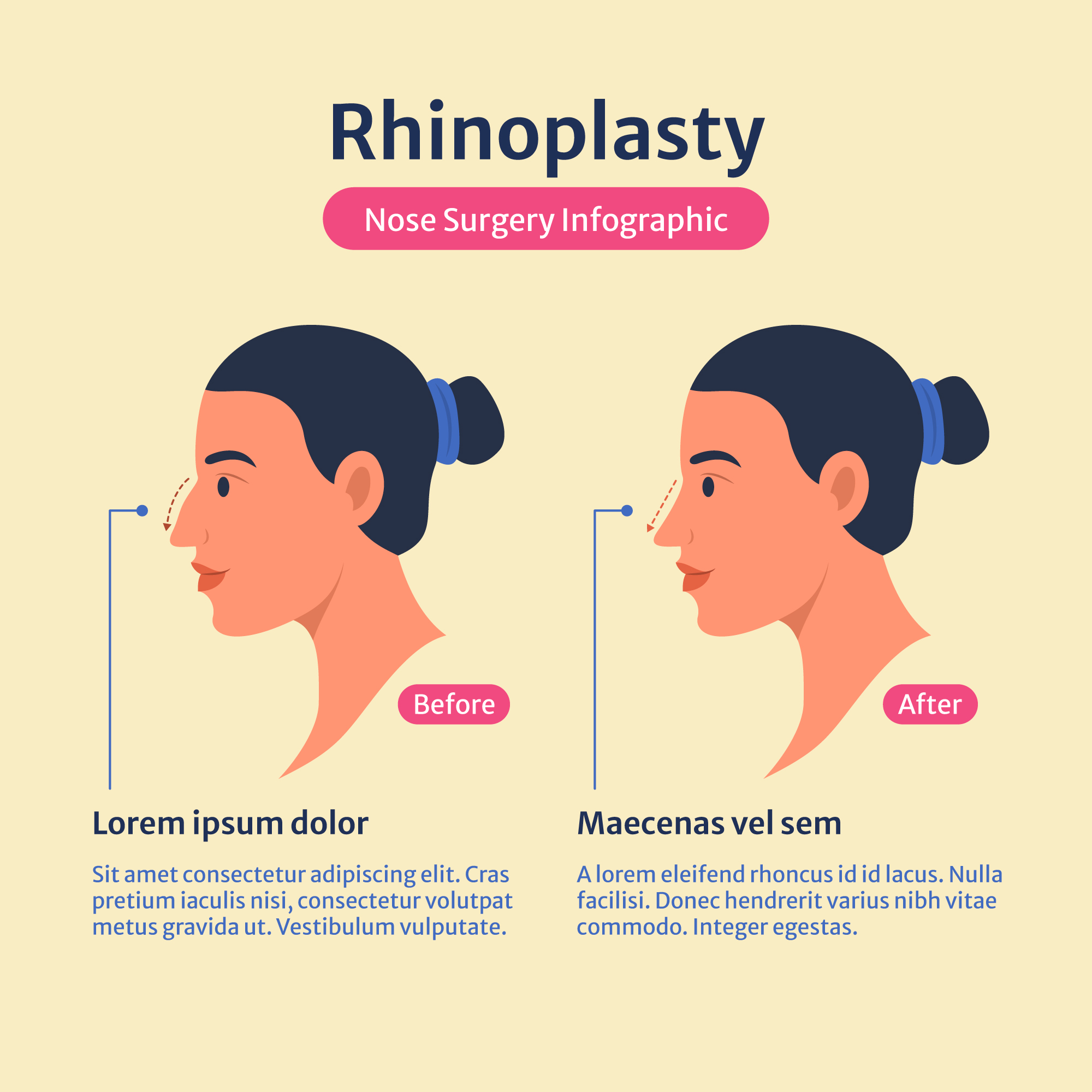
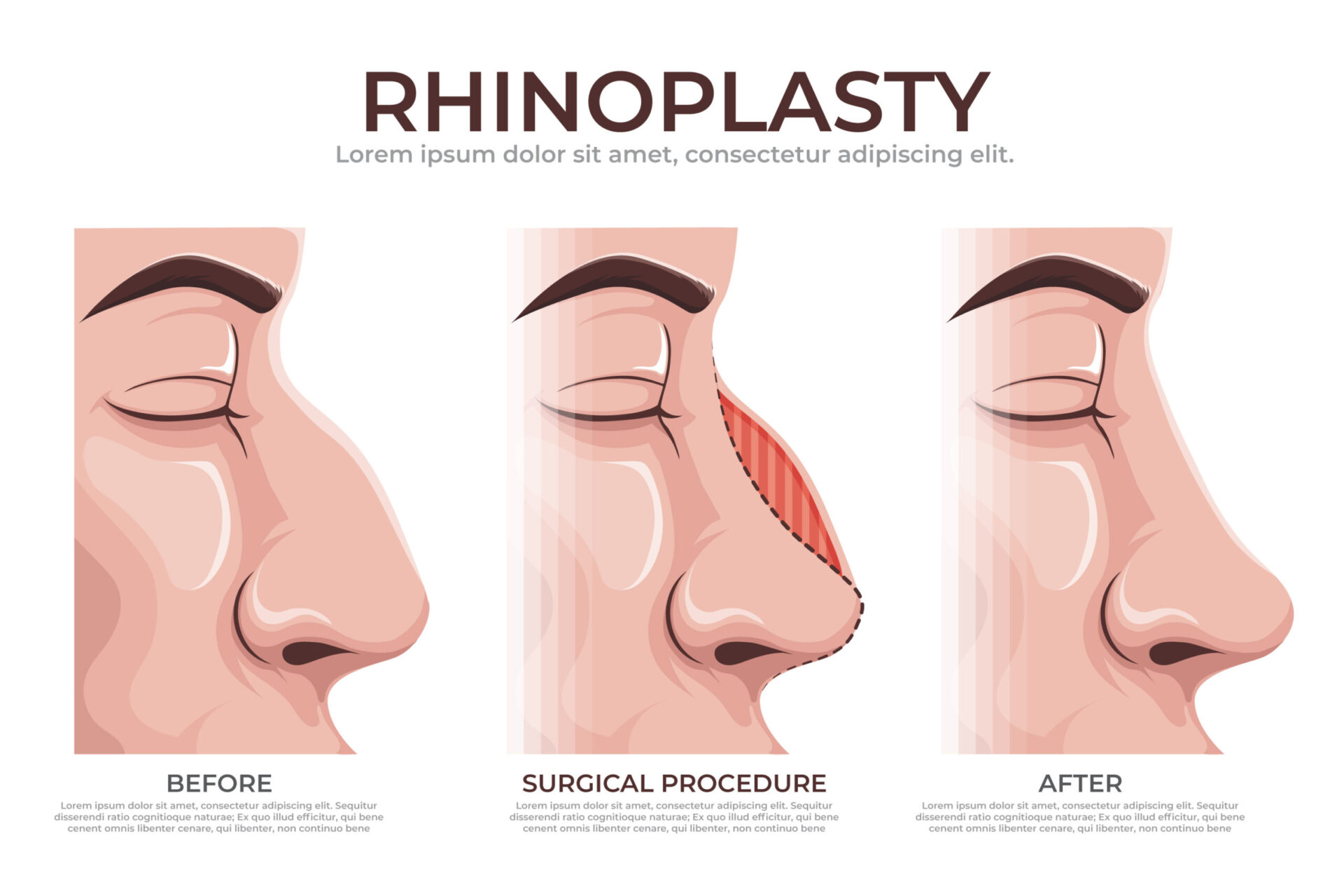
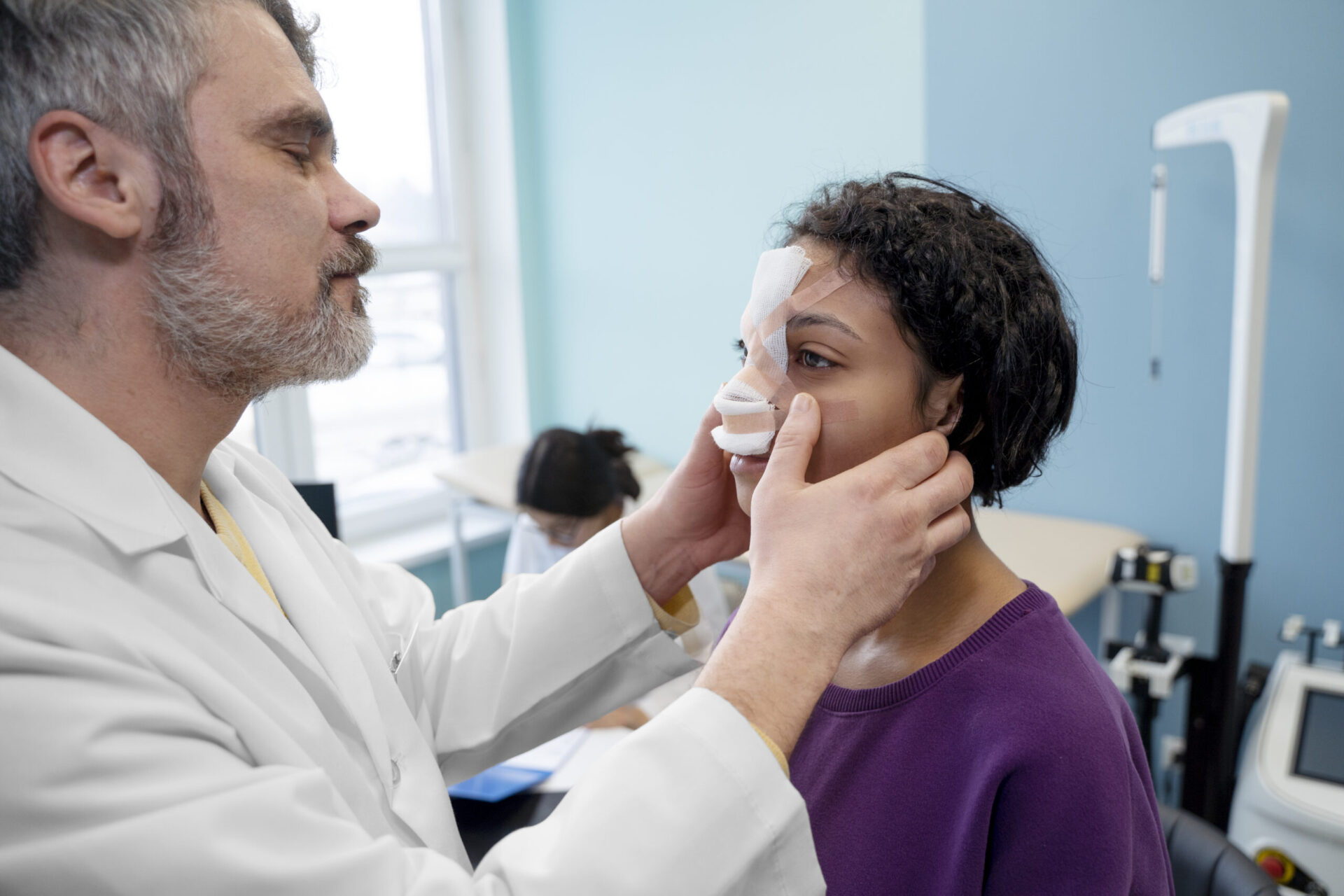
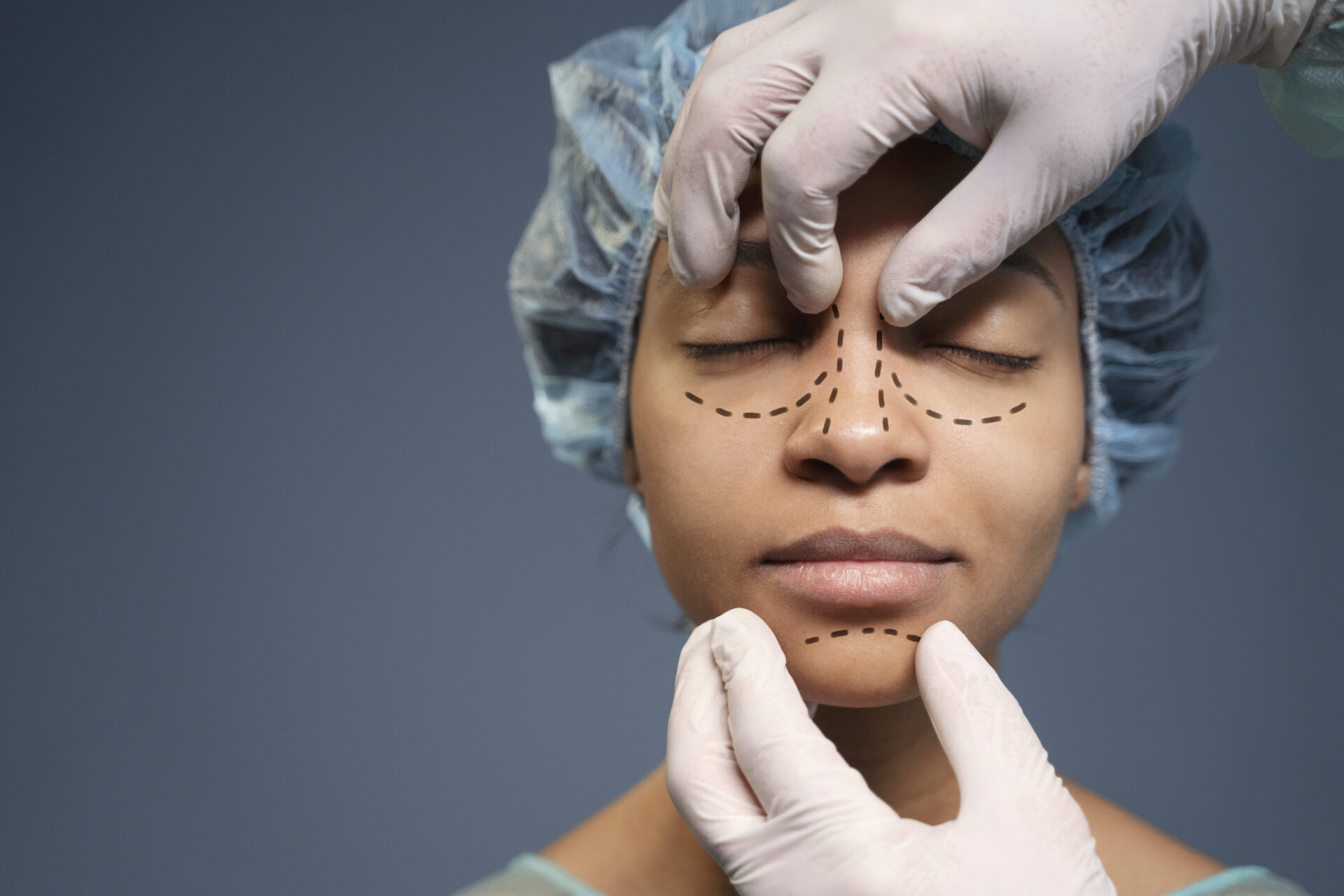
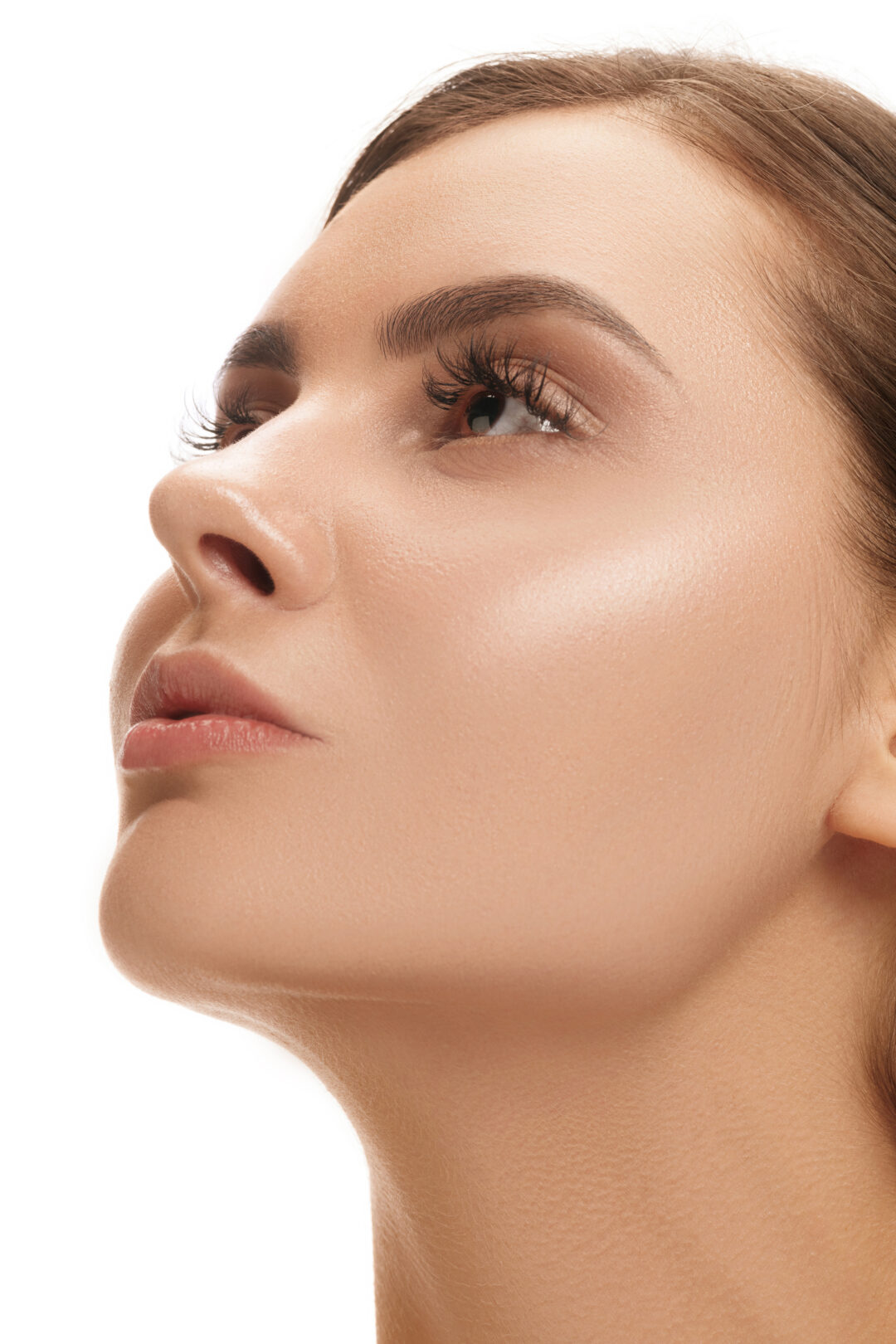


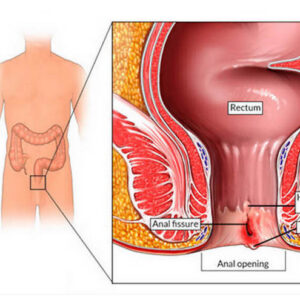


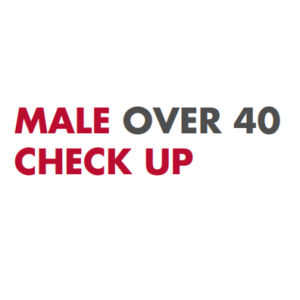
Reviews
There are no reviews yet.